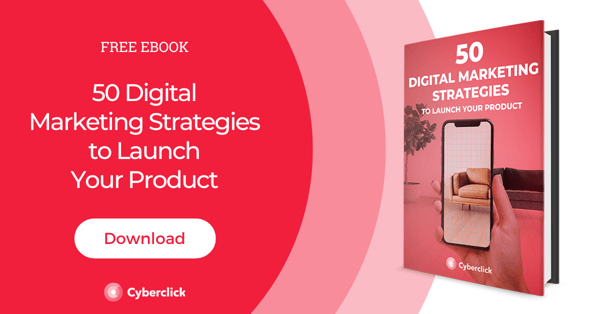By Marina Sala, on 14 November 2019
Every marketer has a toolbox. Whether it’s a killer email marketing platform, social media schedulers, or productivity tracker. We all have those special little things that help us do our job just a little bit better. But what tools do you use for lead capture?
We use these 5 inbound marketing tools daily to optimize our lead capture rate. In this article, we’ll explain the 5 tools we use to transform websites into a lead capture machine!
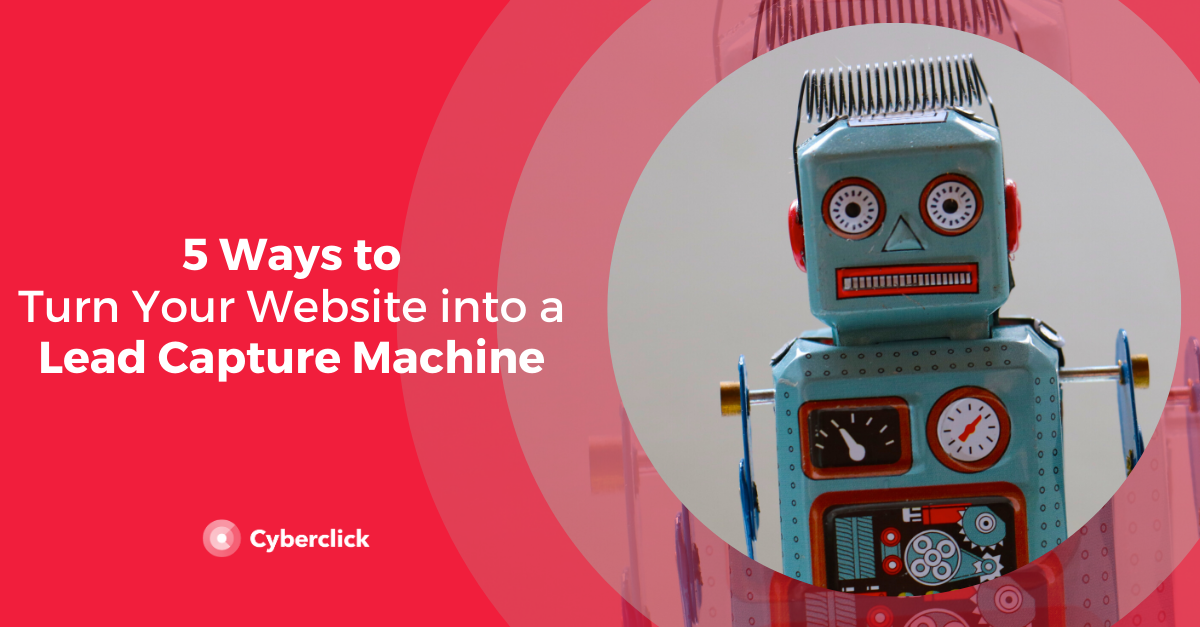
1. Lead Magnets
The first step on your path to becoming a lead capture machine is to create lead magnets. A lead magnet is free high-quality content that you publish on your website (like a blog) that enables you to collect visitor’s personal data through contact forms. Essentially, inbound marketing 101. Think of lead magnets as your most reliable inbound tool.
So, how do you create a lead magnet? Start by looking at your buyer persona. Lead magnets need to provide value to your audience. Consider what kind of information your buyer persona wants to consume and then create it.
Let’s look at an example from Cyberclick. (Heads up - You’ll notice that this example uses some of our Spanish content, but the techniques are the same regardless of language.)
In the summer of 2019, Cyberclick hosted a Video Marketing webinar. When you arrived on Cyberclick’s website, the first thing you saw on the main landing page was a promotion for the webinar. This promotion, accompanied by a call to action, is designed to draw the user in, and keep them around.
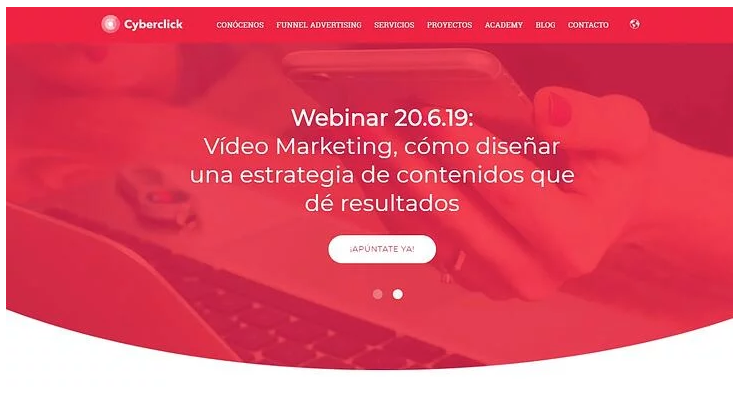
There are a few different ways to do this, for example, an infographic. Providing a visual value is a solid way to keep users engaged and reading.
2. CTAs
The next essential inbound marketing tool is a CTA. Call to actions (CTAs) are elements found on your website that attract a user’s attention and leads them to perform a desired action. But you can’t just place a CTA randomly on your webpage and expect it to draw in customers. You have to strategically think about where to place it, how to place it, and the value that it brings to the reader.
Remember, CTAs are content! They should never hinder navigation on your website or the user’s experience. Choose a CTA format based on the user’s phase in the conversion funnel.
For example, a CTA that opens gently in the lower right corner is ideal for a person who is just simply browsing on your website for the first time. However, a more prominent CTA is more effective if you have a user who is in the final stage of the purchasing process, like on a shopping cart page.
On our website, we have a pop-up CTA that appears the third time a user arrives on a landing page. While a pop-up is more invasive, it’s fair to assume someone who comes to the same page for the third time is likely interested in the CTA’s content.
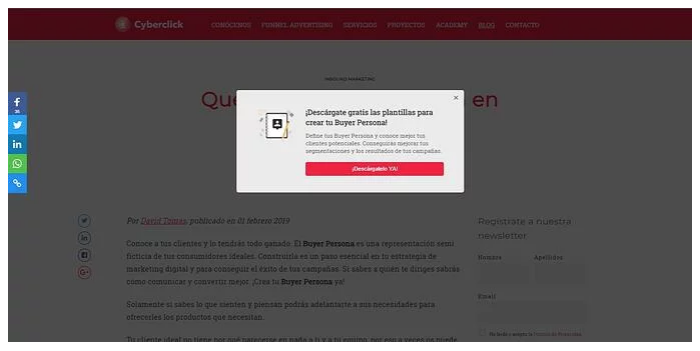
Dropbox’s main page is another example of a strong CTA. When you arrive at their main landing page, you instantly find a vivid CTA encouraging the user to sign up for Dropbox.
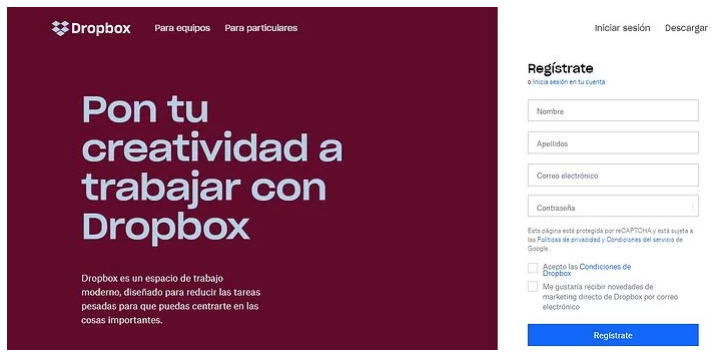
3. Landing Pages
The next inbound marketing tool in your toolbox is the landing page. Landing pages are crucial for obtaining data from future leads. It’s especially important to think strategically about how to present the information.
A landing page should make crystal clear on what kind of content it is offering to the audience. A landing page should also explain to the user the added value that it will bring to their current knowledge level.
The design of the landing page also has a leading role in conversion rates. Let’s look at the data of this A/B test.
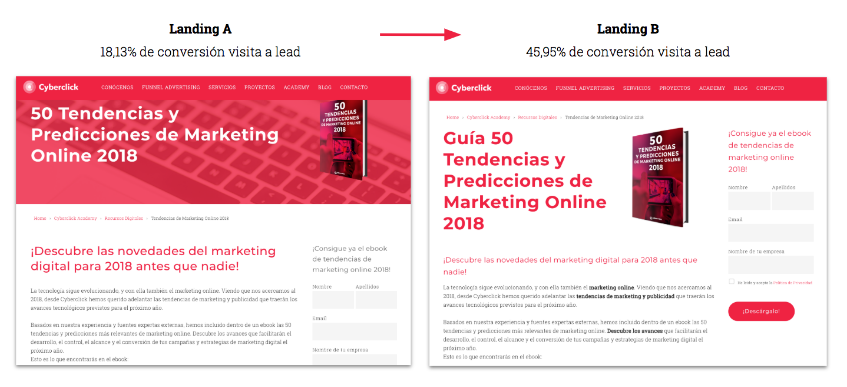
Landing A obtained an 18.13% conversion rate, while landing B had a 45.95% rate. The data is clear: the design in which the product itself occupies a large percentage of the screen has a better conversion ratio. It’s also critical to place the form (that users use to download the content) in easy to spot position. In general, you don’t want the user to have to scroll to download the content.
4. Forms
So, you’ve attracted an audience, but how do you turn them into leads? And how do you ask for their information? Forms are the answer! But just like with the other tools, the type of form will depend on where the customer is in their buyer’s journey.
Think of forms as a dance. You don’t want to ask for too much information too soon, especially if your potential lead is at the top of the conversion funnel. And yet, you need enough information to asses whether they’re a quality lead. This is where smart forms come in handy!
Smart forms are great for getting visitor information gradually. Once the user leaves their data, and their cookie, when they re-enter there will be more relevant questions for lead generation (position, department, company staff, etc.)
Take a hard look at your forms and asses whether the questions are posed to ensure that you receive the most relevant information. For example, if you decide to use a dropdown make sure you include general enough answers that the user feels like it actually represents them.
Let’s take a look at this example:
On Niel Patel’s contact page there is a CTA to request a consultation.
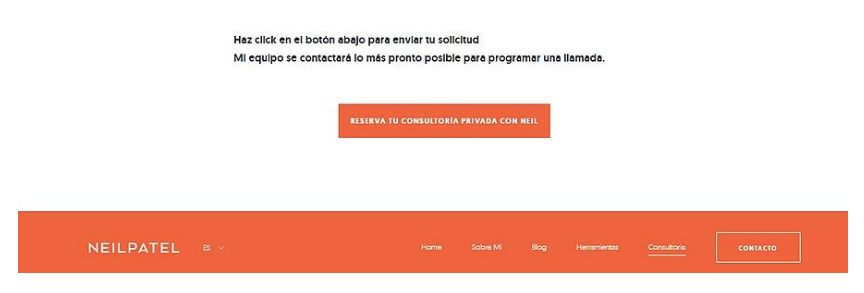
Once you click on the CTA, the form appears in 3 steps.
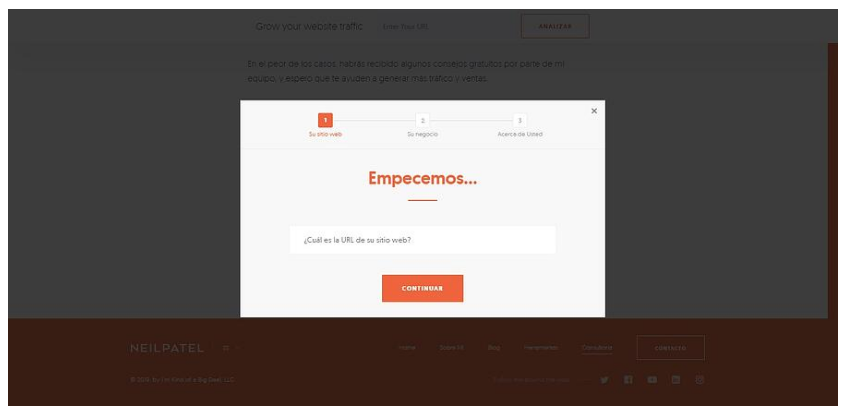
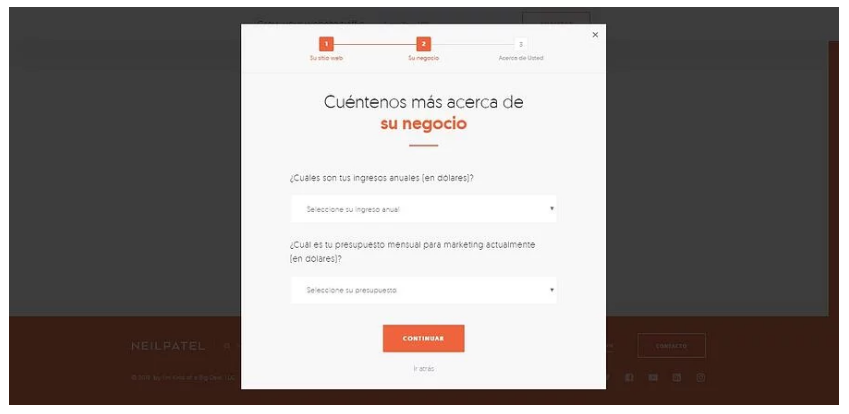
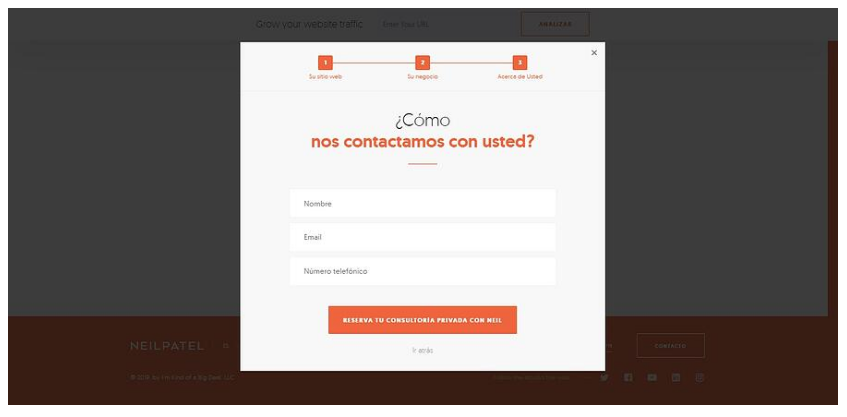
5. Chatbots
Chatbots were a huge trend in performance marketing in 2019. 80% of smart companies have already incorporated chatbots into their marketing strategies (Olber Utria), and the data shows they’re here to stay. How can chatbots effectively capture leads?
Chatbots allow a user to leave their data and to obtain fully specialized and personalized content, without the need for dedicated personnel. And since it’s automated, this can occur 7 days a week, 24 hours a day. Since 64% of customers prefer text solutions rather than calling customer service, chatbots work as an excellent solution.
Let’s look at this example from RD Station.
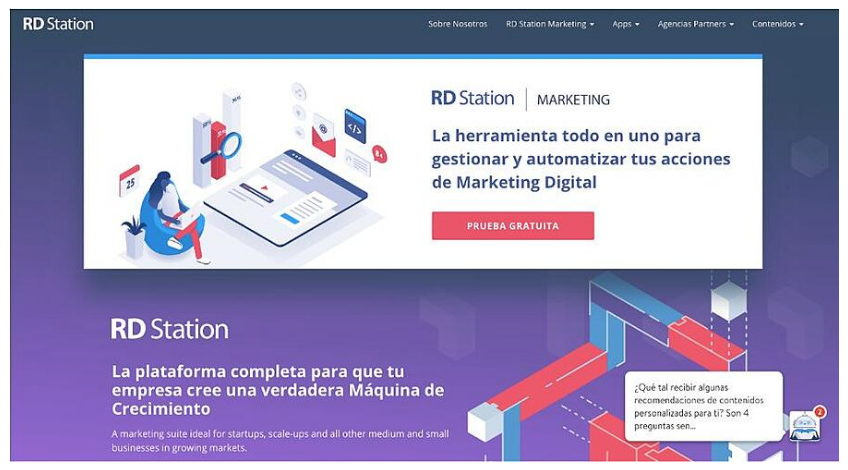
RD Station has a chatbot asks a simple question: Would you like to receive personalized content tailored for you? There will only be 4 simple questions.
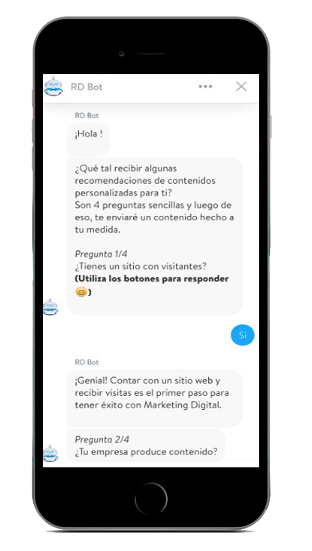
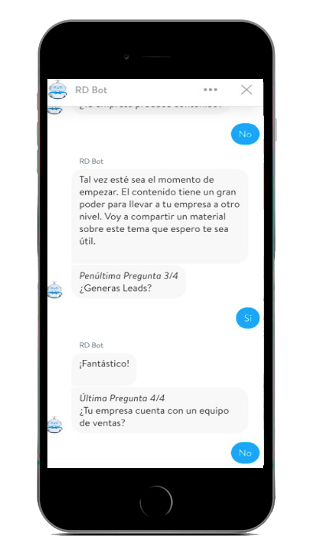
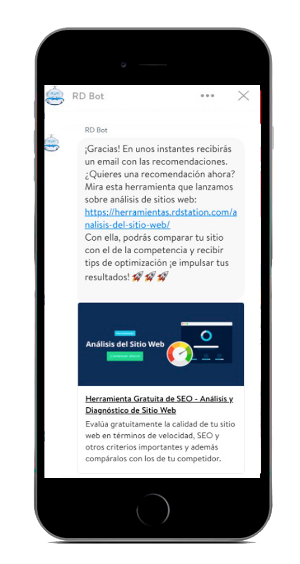
It took about 30 seconds to answer their four simple questions. By the end of the interaction, I’ve left relevant data for the company in exchange for completely personalized content.
While all of these inbound marketing tools are extremely useful for lead generation, it’s important to have each of them optimized and strategically developed. Your golden rule is to always keep in mind both the buyer persona and buyer journey.
One last bonus tip: test, test, and test! There is no better way to optimize your inbound campaigns than with error testing and formula testing. Using these 5 tools you will be a lead capturing machine!


